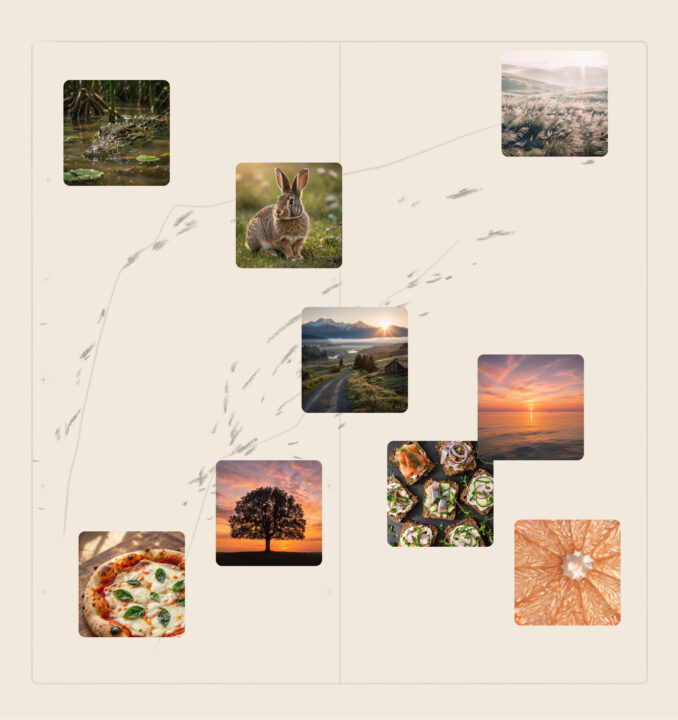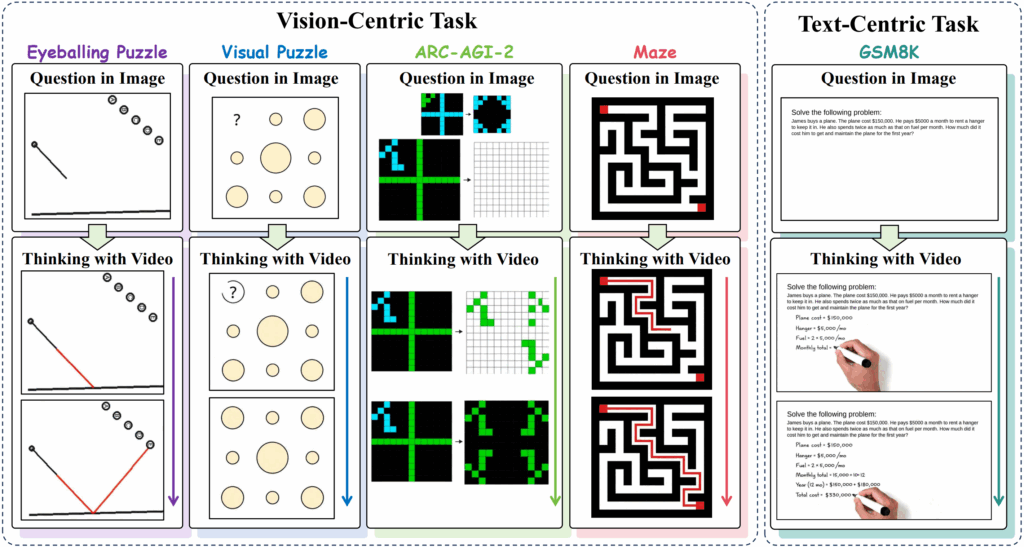Your cart is currently empty!
The Latest in Generative AI: Microsoft MAI-Image-1, Video Reasoning, ComfyUI Subgraphs & Marble 3D Worlds – Nov 2025

Generative AI for visual creation continues to evolve at a rapid pace. This November, four exciting developments signal key shifts: Microsoft’s new model for images, video generation as a reasoning medium, ComfyUI’s modular workflow improvements, and AI-generated 3D worlds. Here’s a deep dive.

Microsoft’s MAI-Image-1: A Native Image Model
What’s new
Microsoft has launched MAI-Image-1, its proprietary text-to-image model, now embedded in Bing Image Creator and Copilot Audio Expressions. This model delivers high realism, with careful attention to lighting, reflections, and fast iteration cycles.
Why it matters
Building a model in-house gives Microsoft more control over its generative AI ecosystem — and creators benefit from seamless integration. Whether you’re sketching visual ideas or refining polished compositions, MAI-Image-1 offers a robust tool that can quickly move from concept to image.

“Thinking with Video”: Video Generation as a Reasoning Medium
Research insight
New research introduces the “Thinking with Video” paradigm: video-generation models, like Sora-2, can act as unified engines that process and reason across text, vision and time. Researchers present a benchmark named VideoThinkBench, which includes tasks such as geometry puzzles and math problems executed in video format.
Why it matters
The implications go beyond animation — video models could soon be used for simulation, logic, and temporal reasoning. For creators and developers, this opens up exciting uses: educational content, dynamic storytelling, or even AI-driven simulations.

ComfyUI 0.3.67: Subgraph Publishing & API Enhancements
Key features
In the latest ComfyUI 0.3.67, a “subgraph publish” feature was added. This allows users to convert node groups into reusable subgraphs, which can be saved into the node library. The update also includes improved dependency-aware caching and expanded API node capabilities.
Why it matters
Modular workflows make generative pipelines cleaner, more maintainable, and shareable. By publishing subgraphs, creators can build reusable building blocks, speeding up experimentation and collaboration.

Marble by World Labs: Text → 3D Worlds
What’s new
World Labs has unveiled Marble, a generative AI system that converts text, image or video prompts into interactive 3D environments. These worlds can be exported as meshes, Gaussian splats or videos, making them usable in gaming, VR/AR, or spatial prototyping.
Why it matters
Creating 3D content has traditionally been labor-intensive. Marble’s prompt-to-world pipeline dramatically lowers the barrier, letting creators prototype entire environments in minutes. This could transform workflows in game development, architecture, and immersive experiences.
Implications for Creators & Developers
- Greater integration: Microsoft’s model fits nicely into its own ecosystem, making it easier to build image workflows.
- Video-AI evolves: With “Thinking with Video,” generative models might not only generate visuals, but also support reasoning and simulation.
- Modular productivity: ComfyUI subgraphs enhance reusability and structure, especially for complex workflows.
- Spatial creativity democratized: Marble brings 3D world generation into generative AI’s toolkit — ideal for prototyping and immersive design.
These four updates reflect a strong trend: generative AI is not just improving in quality, but becoming more modular, interactive, and intelligent. Whether you’re an artist, developer, or studio, these tools offer new opportunities to experiment, build, and innovate.
Sources:

